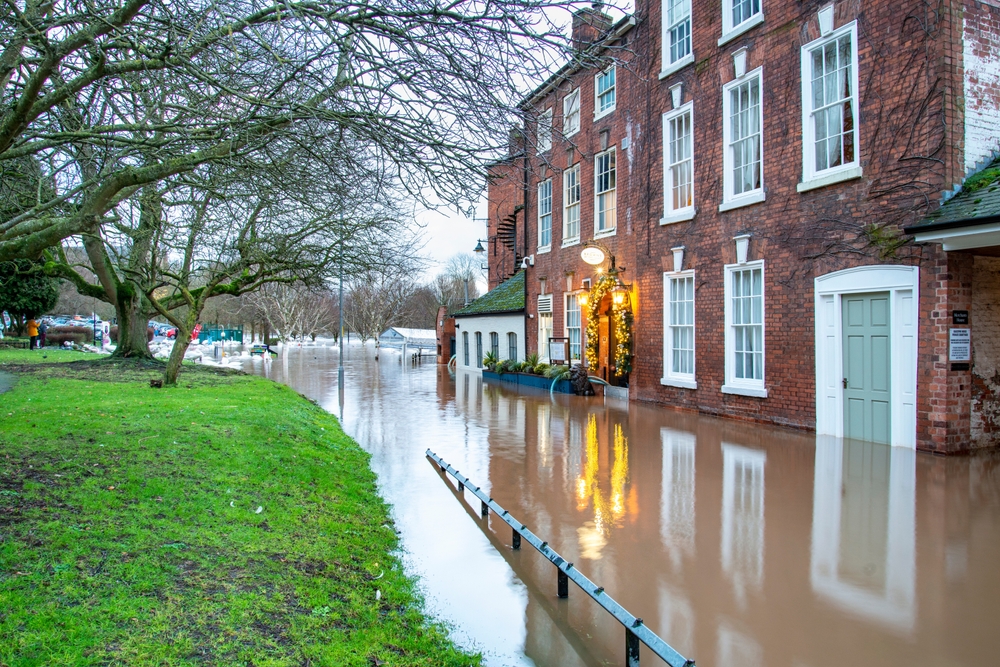As the name illustrates only too well, the British Isles are surrounded by water.
Whilst that has been an advantage in some respects over the course of history, it carries with it a very particular risk; namely, flooding.
It is a risk which is far from abstract.
In recent years alone, news footage has made abundantly clear how there are considerable consequences for health, the economy and the country’s security.
The enormous challenge which floods is now widely acknowledged as having been elevated by climate change.
In late 2023, the UK Health Security Agency (UKHSA) produced a report setting out how 61 per cent of the country’s population would be at risk of flooding from even a “modest warming” of global temperatures.
Less than 18 months later, we have an even more stark picture of how things currently stand, due in part to advances in the technology used to assess and predict – or model – the environmental situation.
The Environment Agency’s latest National Flood Risk Assessment (NaFRA) shows that “as many as 6.3 million properties in England are in areas at risk of flooding“.
What still comes as a surprise to some people is that many of those properties are far from the coastal areas which might be expected.
The Risk Assessment illustrates that the seas and rivers account for only part of the peril. Surface water in more built-up areas – especially after heavy rainfall which can’t be dealt with by over-loaded drains – is also a threat.
Readers won’t be surprised to learn that it is not just the Government which has a vested interest in potential flood damage.
Insurers too employ mapping techniques to determine how best to approach the problem.
Unlike central authorities, many individual insurers have their own models, some of which operate on different criteria in relation to things such as land use, development, flood protection infrastructure and so on.
All that can produce very different outcomes – something which isn’t exactly helpful for those seeking cover.
It has led to some providers altering how they deal with private clients and businesses in areas regularly blighted by inundations because the cost of payouts outweighs the income generated by premiums.
In some cases, policies are quoted exclusive of flood cover. In other instances, cover is not available at all.
The latest financial rationale was evidenced in data issued by the Association of British Insurers (ABI) in February.
It concluded that the amount of payouts for weather-related damage to people’s homes and possessions in 2024 reached a new record total £585 million – £127 million higher than the equivalent figure for the previous year.
There is, I should point out, FloodRe, a scheme launched by the Government and the insurance industry almost a decade ago to enable householders in areas at high risk of flooding to secure cover at reasonable prices.
However, it is certainly no panacea.
Its own criteria have been criticised as being “somewhat complex” and its fixed 25-year term of operation is due to end at a time when the predictive tools used by central Government and business suggest that risk of flooding will increase still further.
Just as technology has given us a clearer idea of the dangers, it has also helped something of a solution.
There are relatively new insurance companies, such as Flood Flash, which have capitalised on advances to offer a faster response, simpler claims processes and immediate financial relief to those affected by storms.
Amid the rapidly changeable weather which is a feature of the UK, at least one constant is the role of the broker.
It can – quite literally – pay to speak to a specialist who understands the attitudes of the various insurers and find appropriate coverage where and whenever possible.
Written by Karen Waugh, Client Executive, Broadway Insurance Brokers

